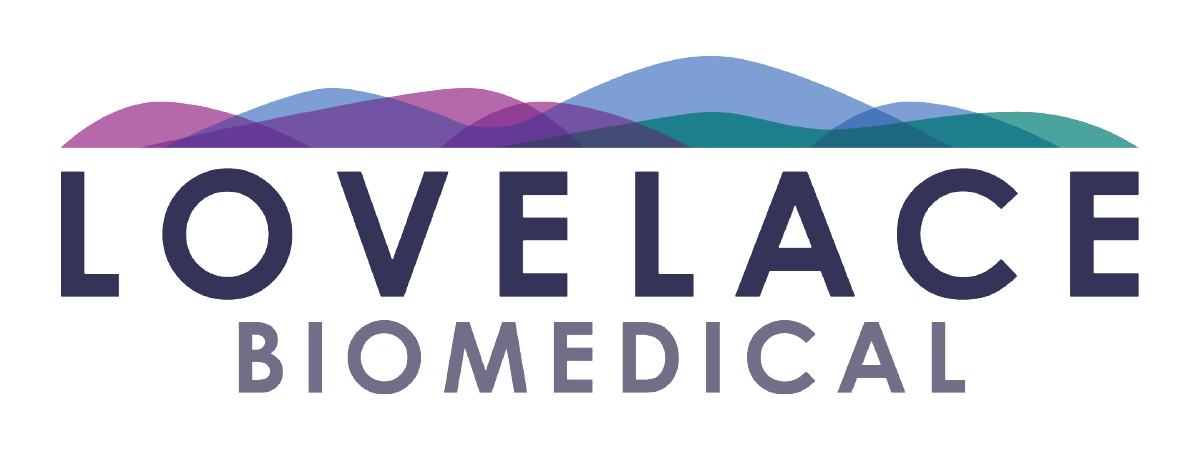Nucleoside analogues are an essential component of many chemotherapies, anti-bacterial drugs and anti-viral agents. These compounds can play a key role in heightening therapeutic effects and, in the case of cancer treatments, leading to cell death.
Of the nucleoside analogues in development, 5-azacytidine is being studied as a targeted therapy for lung cancer, as it may be able to amplify the therapeutic agent at the site of action while reducing off-site toxicities.
To assess potential to treat metastatic disease and evaluate risk for tolerance, scientists use sensitive and selective bioanalytical assays to evaluate drug levels at the site of action (such as the lung) and throughout the body.
LCMS assays, which rely on liquid chromatography-mass spectrometry, have been used in the past to quantify nucleosides in the body. However, replication of these assays is often difficult due to the lack of separation and interferences from the matrix.
Lovelace’s biomedical team has developed a novel assay to quantify 5-azacytidine in plasma, lung tissue, brain tissue and liver tissue. The team took a novel approach, utilizing selection of specific ions within the mass spectrum to reduce background interference and increase sensitivity. Lovelace presented its research at the 12th WRIB meeting in April. The WRIB meeting brings together experts in bioanalysis, biomarkers and immunogenicity.
For more information on how Lovelace can develop fit-for-purpose assays, or to speak with a Lovelace representative, contact us.

